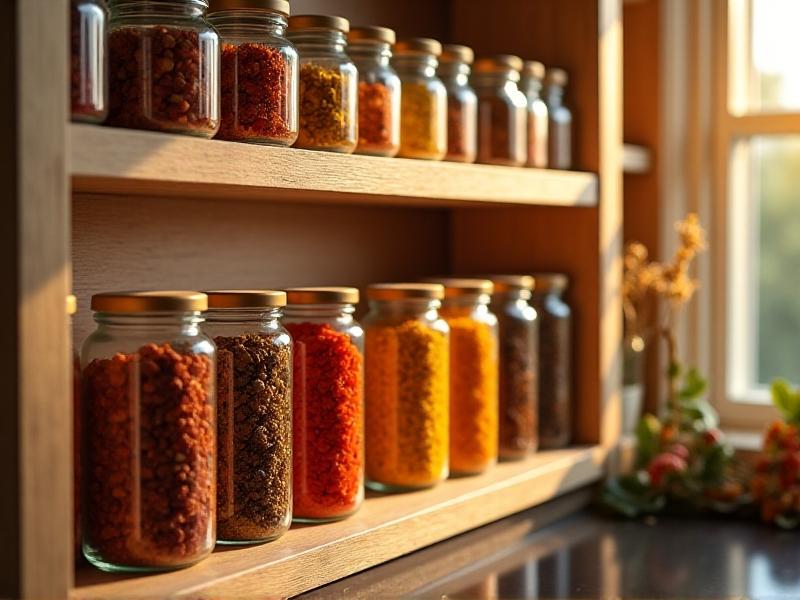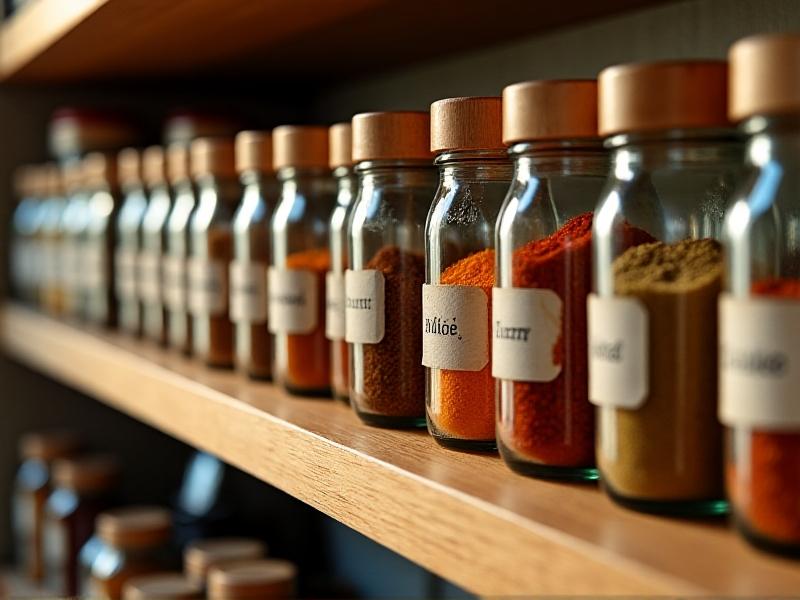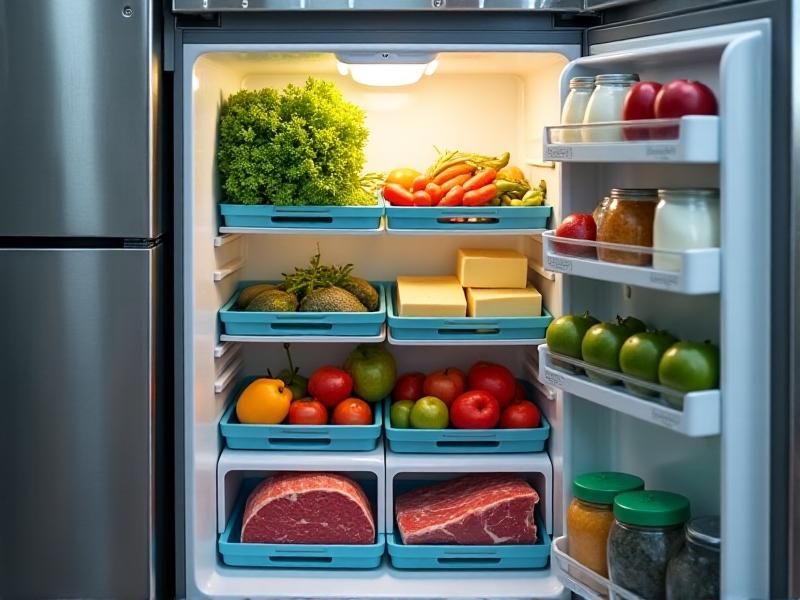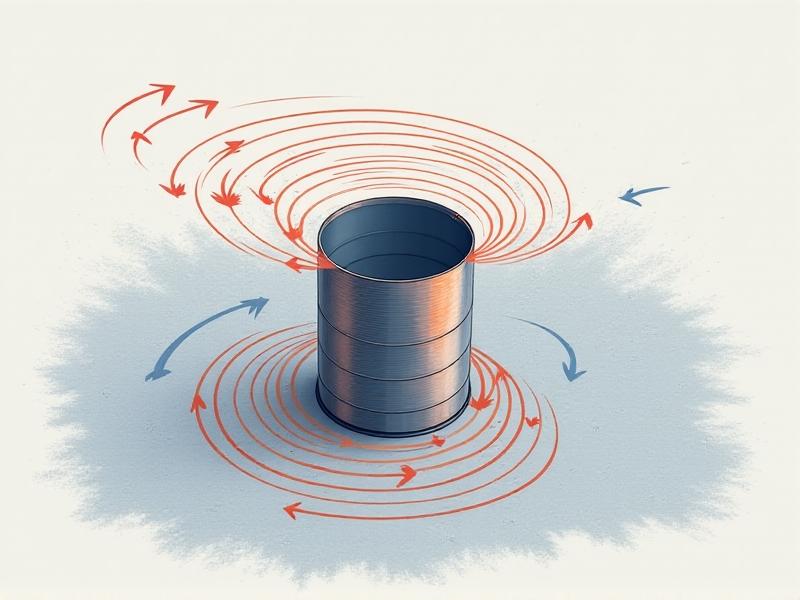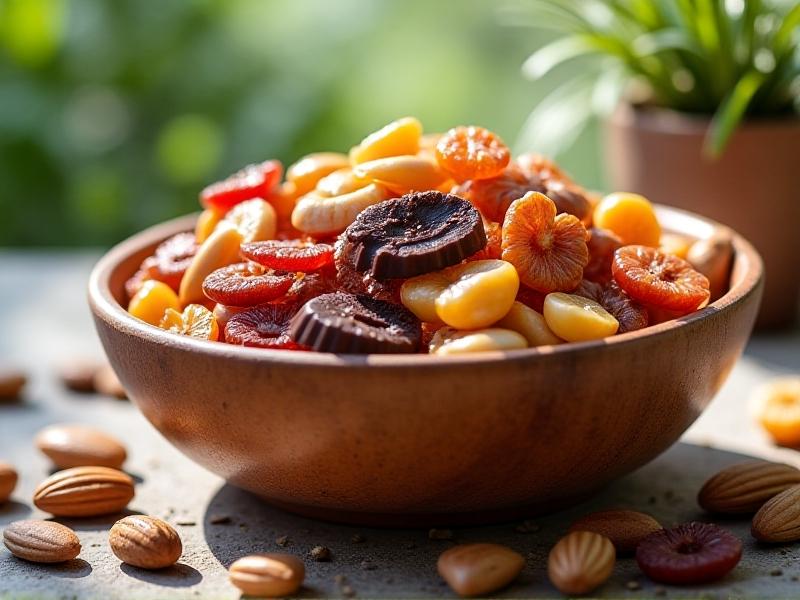Dehydrated Meal Rehydration Ratios
The Science of Dehydration and Rehydration
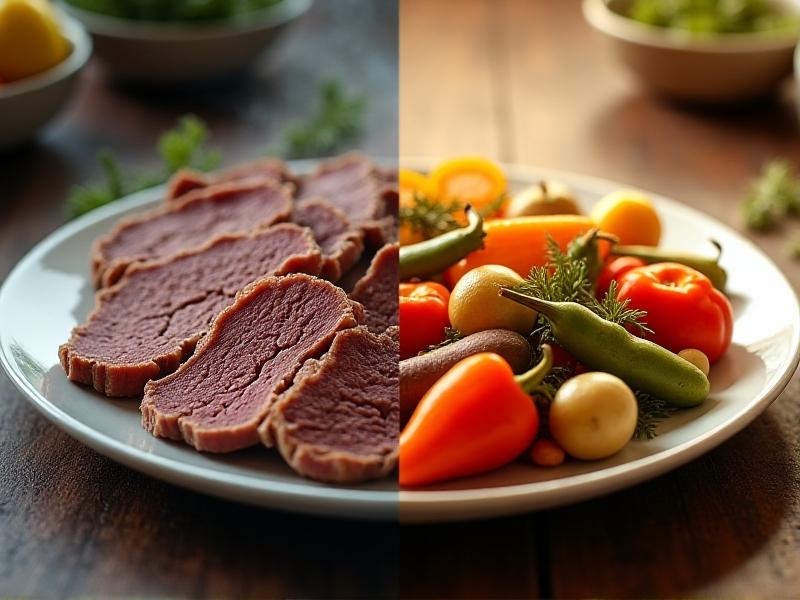
Dehydration removes up to 95% of moisture from food, inhibiting bacterial growth and drastically extending shelf life. Rehydration reverses this process by reintroducing water, allowing cells to swell and regain their original texture—to a point. The key lies in understanding how different ingredients absorb water. Proteins like beef require longer soaking times due to their dense cellular structure, while vegetables rehydrate faster but may lose crispness if over-saturated. Starches such as rice or pasta act like sponges, often needing double their weight in water. Mastering these basics ensures meals taste fresh, even after months in storage.
Factors Affecting Rehydration Ratios
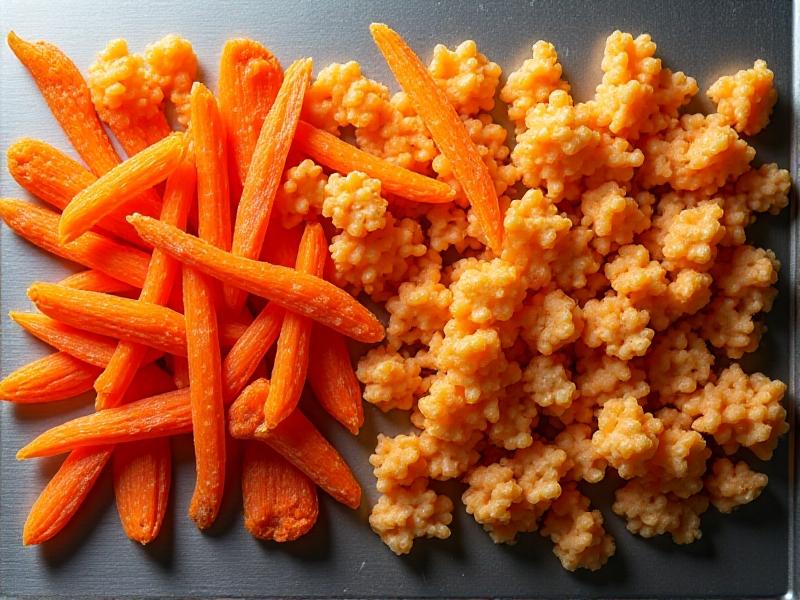
Three primary factors influence how much water a dehydrated meal needs: ingredient composition, cut size, and drying method. Leafy greens, for example, thin and porous, absorb water rapidly, whereas dense root vegetables like carrots demand more time and liquid. Larger cuts slow absorption, requiring adjusted ratios to prevent a soggy exterior and crunchy core. Freeze-dried foods often need less water than air-dried counterparts due to their porous structure. Ambient temperature also plays a role—cold environments may necessitate pre-warming water to kickstart rehydration. Tailoring your approach to these variables transforms bland mush into satisfying meals.
Calculating the Perfect Water-to-Food Ratio
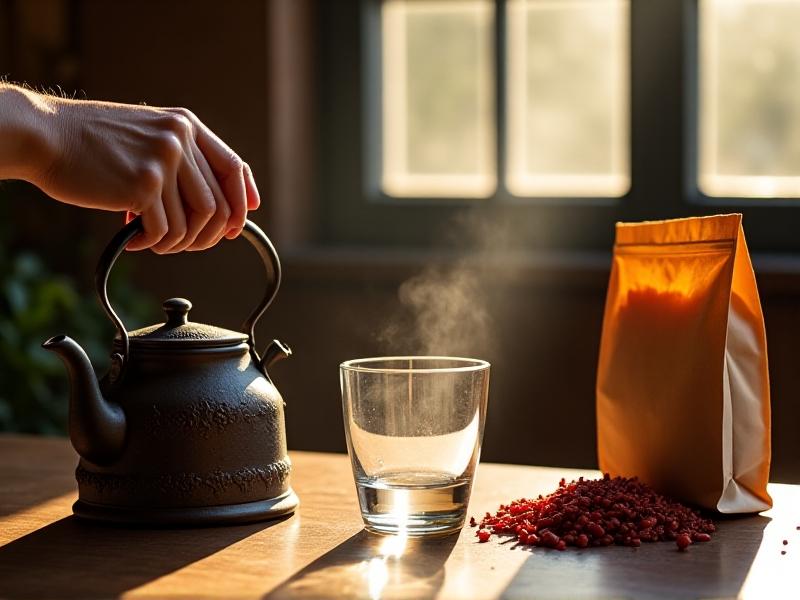
While 1:1 (water to food by weight) works for many staples, customization is crucial. Start by consulting your dehydrator’s guidelines, then experiment. For example, dehydrated ground beef typically thrives at a 1.25:1 ratio, whereas instant rice might need 2:1. Use a kitchen scale for precision. A pro tip: Add water incrementally. Pour half, wait five minutes, then assess. This prevents overhydration, especially critical for delicate ingredients like mushrooms. Keep a log—it’s surprising how ratios shift with altitude or humidity. Apps like Backcountry Kitchen offer pre-loaded ratios, but personal tweaks often yield the best results.
Step-by-Step Guide to Rehydrating Meals
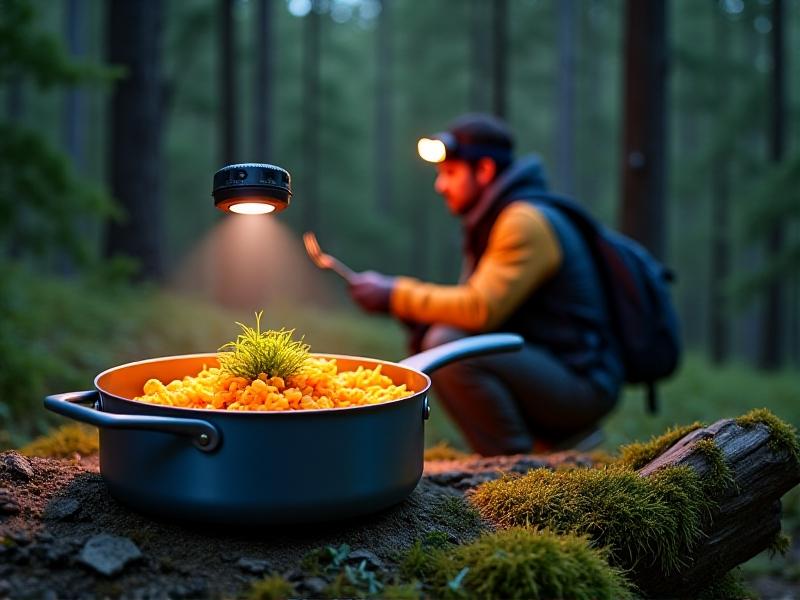
Begin by boiling water—it accelerates absorption. Place your dehydrated meal in an insulated container to retain heat. Add water gradually: ½ cup at a time for grains, ¼ cup for proteins. Stir gently to distribute moisture evenly. Seal the container; patience is vital. Most meals need 10–20 minutes, but check every five. Test a bite—if it’s al dente, add a tablespoon more water and wait. For backcountry efficiency, consider cold-soaking: Combine food and water in a leak-proof jar, then let it sit for 4–8 hours while hiking. Ideal for no-cook trails like the John Muir Trail.
Common Mistakes and How to Avoid Them
Overenthusiastic watering is the top culprit behind lifeless meals. Remember: You can always add more, but you can’t remove it. Another pitfall? Impatience. Reopening the container too often releases heat, stalling rehydration. Salt and spices added too early draw out moisture, creating a brine that hinders absorption. Fix this by seasoning post-rehydration. Avoid mixing ingredients with conflicting ratios in one pouch—rehydrate meats and grains separately, then combine. Lastly, using unfiltered water in the backcountry introduces off-flavors; always purify first. A silicone collapsible bowl makes adjustments effortless mid-trip.
Best Practices for Optimal Texture and Flavor
Flavor boosters are essential. Add a pat of butter or olive oil after rehydrating—fats reintroduce richness lost during drying. Acidic elements like lemon powder brighten reconstituted veggies. For texture, toss in nuts or crispy fried onions post-rehydration. Always use broth instead of water for savory dishes; it amplifies umami. Pre-soak leathery fruits like apples in juice for sweetness. To combat the “cardboard” effect in grains, toast them lightly before dehydrating. Store meals with oxygen absorbers to prevent flavor degradation. For gourmet backcountry dining, pack single-serve condiment packets—soy sauce, sriracha, or truffle salt.
Case Studies: Rehydrating Different Meal Types
Beef Stroganoff: 1:1.25 ratio. Soak dried egg noodles separately (1:2) for 10 minutes; combine with pre-rehydrated beef (1:1.5) and powdered sour cream. Curried Chickpeas: 1:1.5 ratio with coconut milk powder mixed into water. Add freeze-dried spinach last to preserve color. Apple Cinnamon Oats: 1:1. Cold soak overnight with almond milk powder. Stir in diced dehydrated apples and cinnamon pre-packaged in a honey stick. Pro tip: For desserts like chocolate pudding, use cold water and shake vigorously in a Nalgene—creamy in minutes without heat.
Nutritional Considerations in Rehydrated Meals
Dehydration preserves most nutrients, but Vitamin C and thiamine degrade faster. Combat this by using sulfite-free dried produce or adding citrus powder. Protein content remains stable, but texture changes affect satiety—include nuts for crunch. Sodium spikes in commercial options; DIY meals let you control salt. Pair iron-rich foods like spinach with Vitamin C sources (tomato powder) to enhance absorption. For multi-day trips, incorporate omega-3s via single-serve flaxseed packets. Always check caloric density: aim for 120–150 calories per ounce. A well-crafted rehydrated meal rivals fresh in nutrition, sans the weight.
Essential Tools for Precision Rehydration
Invest in a 0.1-gram resolution scale—critical for small portions. Insulated food jars like the Hydro Flask 16oz maintain heat for even rehydration. Use wide-mouth containers to facilitate stirring. A long-handled silicone spork prevents hand-in-jar messes. Pre-marked water bottles eliminate guesswork: Paint stripes at 100ml intervals. For ultralight budgets, repurpose Talenti jars with volume markings etched via nail polish. App-connected scales sync with your meal plan, while reusable desiccant packs keep DIY kits dry until needed. Remember: A $2 measuring cup elevates meals more than a $200 tent.
Mastering the Art of Trailside Dining
The secret to rehydration mastery lies in embracing imperfection. Your first mountain-house lasagna might resemble slop, but by trip three, you’ll tweak ratios instinctively. Share ratios with trail buddies—collective wisdom beats any guidebook. Celebrate the wins: That moment your rehydrated pad thai tastes just like home, eaten atop a pass as eagles circle. Remember, even soggy meals fuel summit pushes. As backcountry chef Renee “She-Rex” puts it, “The best ratio? Hunger plus accomplishment.” Now, go forth—your next dehydrated feast awaits, lighter, tastier, and wiser than before.

